Male elephants signal ‘let’s go’ with deep rumbles
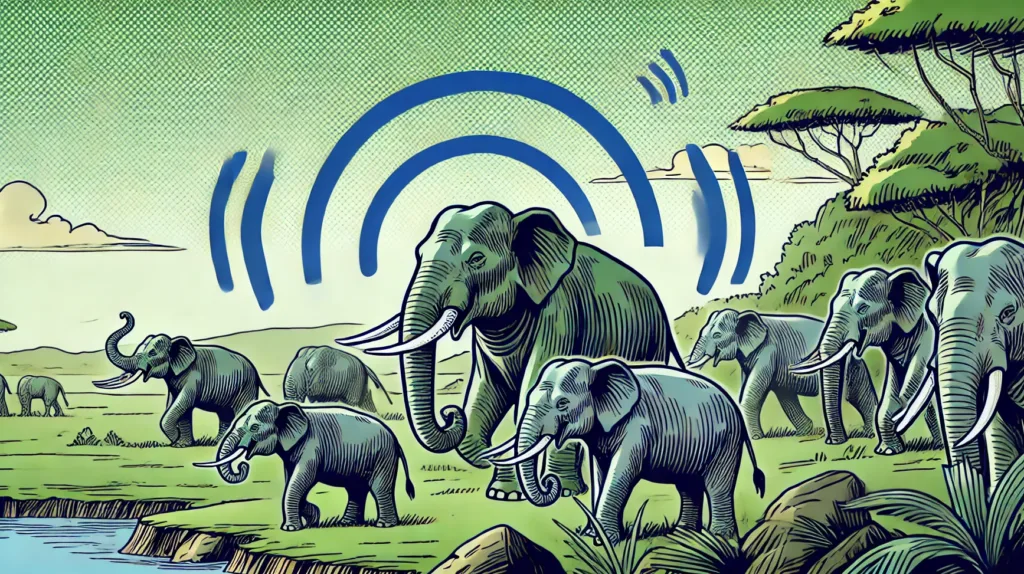
Scientists from Stanford University in the USA have discovered that male elephants use coordinated rumbles to signal group departures in Namibia.
How well do deep-sea animals perform under pressure?
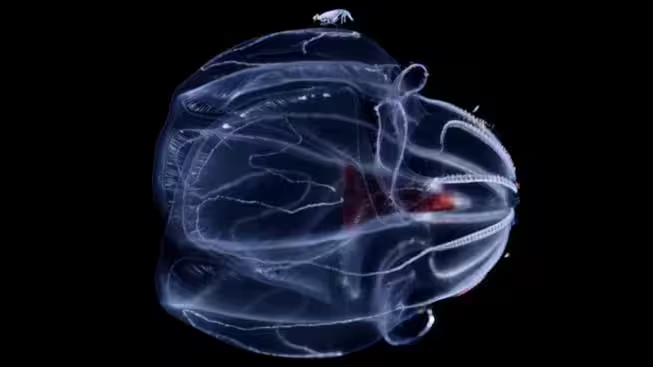
A team of US researchers are uncovering how deep-sea comb jellies adapt to extreme pressures, providing insights into marine survival and potential human health applications.
Giant salamander-like creature was a top predator in the ice age before the dinosaurs
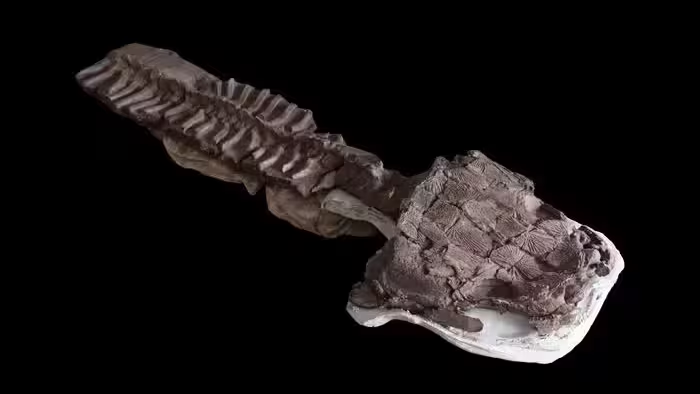
Researchers from the University of Buenos Aires in Argentina have discovered Gaiasia jennyae, a prehistoric predator with a toilet seat-shaped head, revealing new insights into ancient ecosystems.
How to stop cats from scratching your furniture: Scientists investigate

Ankara University researchers have found that children’s presence, cats’ personalities, and activity levels influence domestic cat scratching.
Ant amputation: Nestmates remove infected limbs of wounded sisters
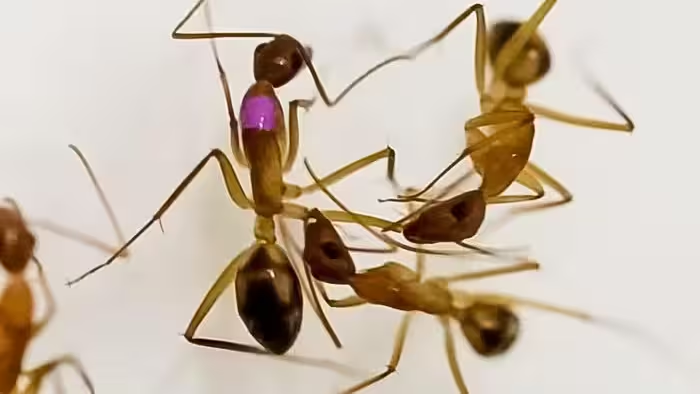
Scientists from the University of Würzburg in Germany discovered that Florida carpenter ants treat their nestmates’ wounds through either cleaning or amputation, enhancing survival rates significantly.
Electromagnetic dart launcher for better animal drug delivery

Researchers at Ohio State University in the United States have developed a safer, cost-effective dart launcher for injecting animals with drugs or tracking chips using electromagnetic coils and lidar technology.
17 million insects migrate through 30-metre Pyrenees pass, new study finds

University of Exeter researchers in the UK discovered that over 17 million insects – up to 3,000 per metre, per minute – migrate annually through a single mountain pass on the France-Spain border.
Elephants have names for each other like people do
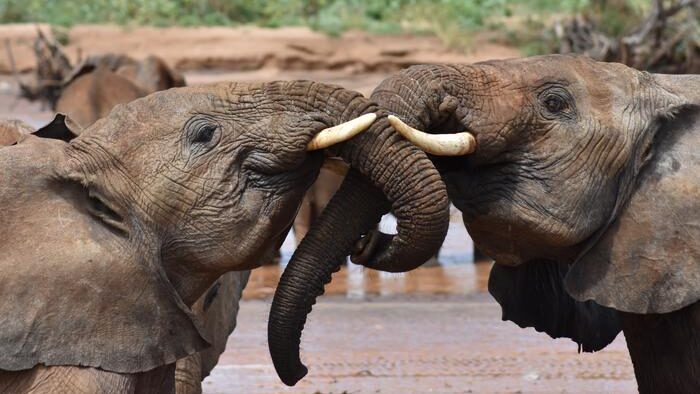
Researchers from Colorado State University in the USA discovered that wild African elephants use name-like calls to communicate with each other, demonstrating a rare and complex form of animal communication.
The rise of horse power started around 4,200 years ago
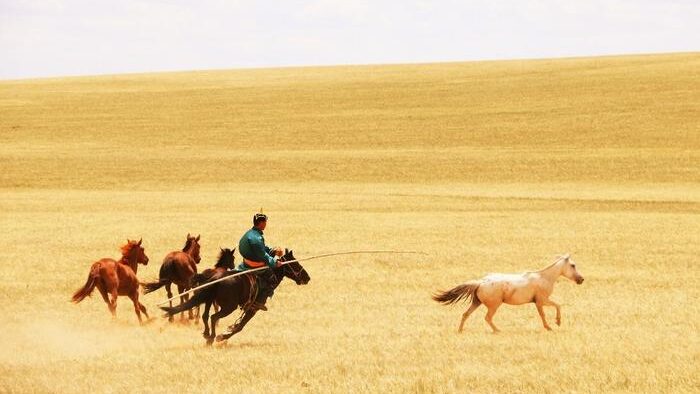
Researchers at the University of Toulouse in France discovered that modern domestic horses originated around 4,200 years ago, significantly accelerating communication and trade across Eurasia.
The secret sex life of coral revealed
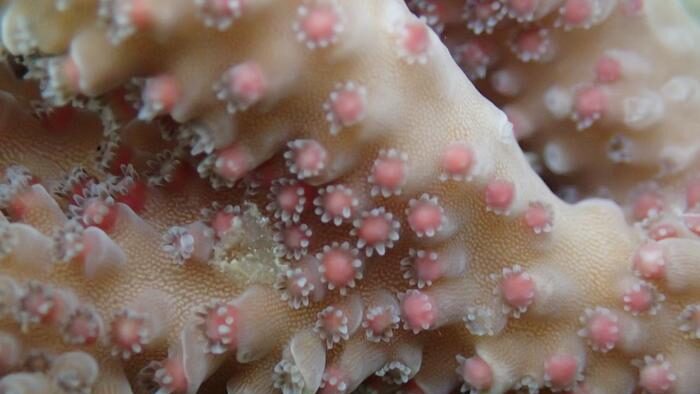
Researchers from the University of Tokyo in Japan have developed a new model for predicting coral spawning by analysing 15 years of data from the Okinawa Churaumi Aquarium.
